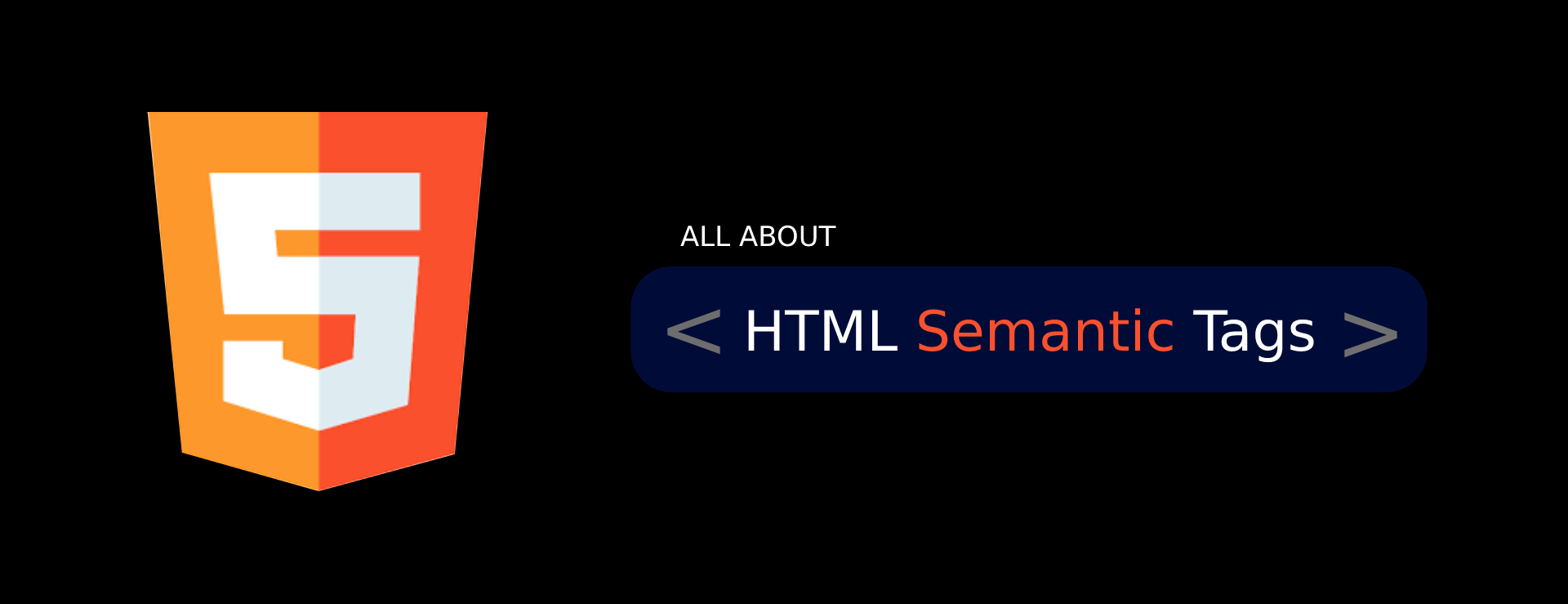Semantic tags play a significant role in website design and development as they contribute to the overall structure, organization, and accessibility of web content. Here’s how semantic tags impact website design and development:
- Improved Document Structure: Semantic tags provide a clear and meaningful structure to web documents. They help designers and developers organize content into logical sections, making it easier to understand and maintain. For example, using
<header>,<nav>,<main>,<section>, and<footer>tags in the appropriate places helps create a well-structured layout. - Enhanced Accessibility: Semantic tags greatly benefit accessibility by providing assistive technologies with meaningful information about the content. Screen readers, for instance, can navigate through the page more effectively when semantic tags are used appropriately. This improves accessibility for users with visual impairments or other disabilities. A well-structured and accessible website is inclusive and ensures equal access for all users.
- Consistent Styling and Design: Semantic tags can aid in maintaining a consistent visual style across web pages. By using semantic tags to define the structure and purpose of different sections, designers and developers can apply CSS styles and layouts consistently. This consistency contributes to a cohesive design and user experience.
- Search Engine Optimization (SEO): Semantic tags can positively impact SEO by providing search engines with clear signals about the content’s relevance and structure. By using appropriate heading tags (
<h1>to<h6>), for example, you can improve keyword relevance and readability for search engines. This can potentially boost your website’s visibility and rankings in search engine results. - Future-proofing and Scalability: Semantic tags adhere to web standards and best practices, which helps future-proof your website. By using semantic tags, your website remains compatible with evolving technologies and ensures a smoother transition when adopting new standards or updating your website.
Example: Consider a scenario where you have a blog post with multiple sections, such as an introduction, main content, and conclusion. You can structure the HTML markup using semantic tags like this:
<article>
<header>
<h1>My Blog Post Title</h1>
</header>
<section>
<h2>Introduction</h2>
<p>This is the introduction of my blog post.</p>
</section>
<section>
<h2>Main Content</h2>
<p>This is the main content of my blog post.</p>
</section>
<section>
<h2>Conclusion</h2>
<p>This is the conclusion of my blog post.</p>
</section>
<footer>
<p>Published on: <time datetime="2023-05-25">May 25, 2023</time></p>
</footer>
</article>In this example, the <article> tag represents the entire blog post, while <header>, <section>, and <footer> define different sections of the article. The use of appropriate heading tags (<h1> and <h2>) helps structure the content hierarchy.
Reference link:
- Mozilla Developer Network (MDN) HTML element reference: https://developer.mozilla.org/en-US/docs/Web/HTML/Element
By using semantic tags effectively, you can improve the design, accessibility, SEO, and future-readiness of your website, resulting in a better user experience and greater overall success.
